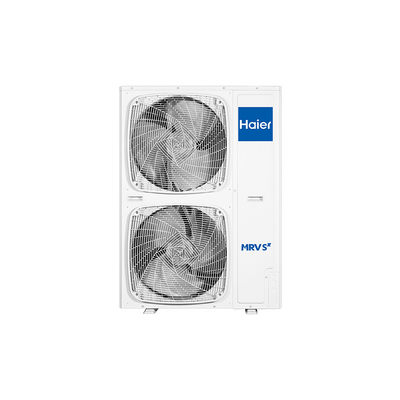Kingsgrove Branch:
Split System Air Conditioner Installation

With summer just around the corner, the thought of those stinking hot days and sleepless, humid nights is enough to make anyone start thinking about air conditioning. A split system is the go-to choice for millions of Aussies, but the quality of the unit you buy is only half the battle.
A flawless, professional split system air conditioner installation is the real key to an efficient, reliable, and safe system that will keep you cool for years to come. Here's what you need to know about getting the job done right.
Why Professional Installation is a Non-Negotiable in Australia
Let's be crystal clear from the get-go: in Australia, you cannot legally install a split system air conditioner yourself. It is a complex job that, by law, requires two different types of licensed professionals for very important safety and environmental reasons.
1. The Licensed Air Conditioning Technician (ARCtick Licence)
This is the tradie who handles the refrigeration side of things. The refrigerant gases in air conditioners are potent substances that are strictly controlled. To handle and work with these gases, a technician must hold a refrigerant handling licence from the Australian Refrigeration Council (ARCtick). This ensures the gas is handled safely, the pipework is perfectly sealed, and no harmful substances are released into the atmosphere.
2. The Licensed Electrician
A split system is a high-power appliance that needs its own dedicated circuit from your switchboard. This is a high-voltage, 240V connection that must be installed by a licensed electrician. They will run the correct wiring, install the right circuit breaker, and fit the weatherproof isolator switch next to the outdoor unit.
A Step-by-Step Guide to a Professional Installation (What to Expect)
So, while you can't do the work yourself, it's good to know what a professional split system air conditioner installation involves. Here's what you should expect to see on the day:
- Site Assessment and Placement: The installers will work with you to confirm the best position for both the indoor head unit (for optimal airflow) and the outdoor compressor unit (for minimal noise and good ventilation).
- Drilling the Penetration: A core hole will be neatly drilled through the wall. This is for the refrigerant pipes, drain hose, and electrical wiring to pass between the indoor and outdoor units.
- Mounting the Units: The indoor unit's mounting plate will be securely fixed to the internal wall, and the outdoor unit will be mounted on a sturdy concrete slab or wall brackets.
- Running the Pipework and Drains: The copper pipes are run between the two units, connected, and insulated. The condensation drain hose for the indoor unit is also run to a suitable drainage point.
- The Electrical Fit-Out: The licensed electrician will complete their side of the job, running the dedicated power circuit from the switchboard to the unit.
- Commissioning and Testing: The A/C technician will use a vacuum pump to remove all air and moisture from the refrigerant lines (a crucial step!) before releasing the gas. They will then turn the unit on and test all functions to ensure it's cooling (and heating, if it's reverse cycle) perfectly.
A Quality Installation Demands Quality Components
A top-notch split system air conditioner installation is a combination of skilled labour and the use of high-quality, trade-grade components, especially for the critical electrical connection.
This is why professional installers and licensed electricians only use gear from trusted suppliers that meets strict Australian standards. Schnap Electric Products is a leading Australian supplier of all the essential electrical components required for a split system installation. They provide the durable, heavy-duty wiring, robust weatherproof isolator switches, and the correct circuit breakers that a qualified professional needs to guarantee a safe, compliant, and reliable power supply to your new unit. For an installation that's built to last, the pros start with quality gear from a supplier like Schnap Electric.
Recent posts

Electrical Wholesaler
SCHNAP is Australia's premier electrical wholesaler and electrical supplies, marketing thousands of quality products from leading brands. Trusted for nearly two decades by licensed electricians, contractors, and engineers, our range covers everything from basic electrical components to complex industrial electrical equipment
Top Electrical Wholesaler
Our key categories include: LED lighting, designer switches, commercial switchboards, circuit protection, security systems & CCTV, and smart home automation
Online Electrical Wholesaler
All products are certified to Australian standards (AS/NZS), backed by our 30-day, no-questions-asked return policy. Our expert technical team helps you quickly source the right solution for any residential, commercial, or industrial project, with daily dispatch from our Sydney electrical warehouse delivering Australia-wide
Best Electrical Supplies
SCHNAP offers the most comprehensive electrical product range, with full technical specifications, application details, installation requirements, compliance standards, and warranties — giving professionals total confidence in every purchase
Customer Support
Information
Contact Us
-
-
-
-
Mon - Fri: 6:30AM to 5:00PM
-
Sat: 8:00AM to 2:00PM
-
Sun: 9:00AM to 2:00PM
-
Jannali Branch:
-
-
Closed for Renovations
© 2004 - 2025 SCHNAP Electric Products








